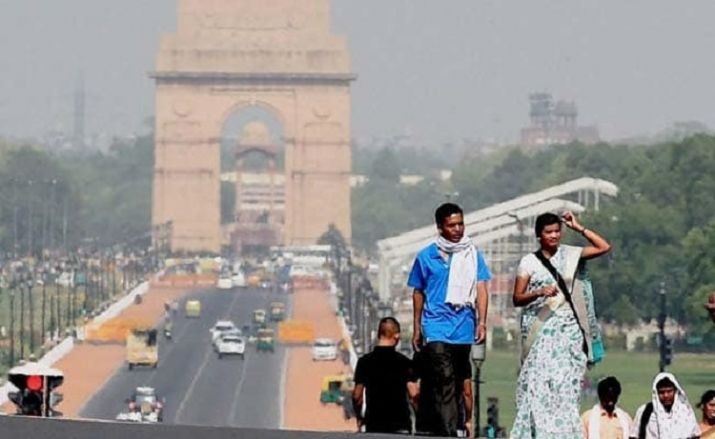
representative image
According to a study published in The Lancet Planetary Health journal, about 740,000 deaths annually in India can be attributed to abnormal hot and cold temperatures related to climate change.
An international team led by researchers from Monash University in Australia found that more than five million additional deaths a year globally can be attributed to non-optimal temperatures.
The study, published Wednesday, found that deaths from warmer temperatures increased in all regions from 2000 to 2019, indicating that global warming due to climate change will worsen this mortality figure in the future.
According to the researchers, the number of deaths due to abnormal cold temperatures in India per year is 655,400, while the number of deaths due to high temperatures is 83,700.
The team looked at worldwide mortality and temperature data from 2000 to 2019, a period when global temperatures dropped to 0.
26 °C per decade.
The study, certainly the first to link non-optimal temperatures to an annual increase in mortality, found that 9.43 percent of global deaths can be attributed to cold and warm temperatures.
This equates to an additional 74 deaths per 100,000 people, most of which are due to cold exposure.
Monash University professor Yuming Guo said global warming “could slightly reduce the number of temperature-related deaths, mainly due to a reduction in cold-related mortality.”
“However, long-term climate change is expected to increase the mortality burden as heat-related mortality will continue to increase,” Guo said.
The data show geographic differences in the effect of non-optimal temperatures on mortality, with Eastern Europe and sub-Saharan Africa having the highest heat and cold-related excess mortality.
Cold deaths decreased by 0.51 per cent from 2000 to 2019, while heat deaths increased by 0.21 per cent, leading to a reduction in net mortality due to cold and warm temperatures.
Of the global deaths due to unusual cold and heat, the study found that more than half occurred in Asia, particularly in East and South Asia.
According to the researchers, Europe had the highest death rate per 100,000 due to heat exposure.
He said sub-Saharan Africa had the highest death rate per 100,000 due to cold exposure.
The largest decline in the net death rate occurred in Southeast Asia, while there was a temporary increase in South Asia and Europe.
Previous studies had looked at temperature-related mortality within a single country or region.
“This is the first study to obtain a global overview of mortality due to non-optimal temperature conditions between 2000 and 2019, the warmest period since the pre-industrial era,” Guo said.
The researchers used data from 43 countries on five continents with different climatic, socioeconomic and demographic conditions and different levels of infrastructure and public health services.
“The study had a large and diverse sample size in contrast to previous studies,” Guo said.
The mortality figures from this study are significantly higher than the second largest study published in 2015, which was conducted in 13 countries/territories, which estimated that 7.7 percent of deaths were related to cold and hot temperatures.
“The importance of taking data from all points of the globe was to obtain a more accurate understanding of the true impact of non-optimal temperatures under climate change,” Guo said.
He said that understanding geographic patterns of temperature-related mortality is critical for international cooperation in developing policies and strategies in climate change mitigation and adaptation and health security.
Read more: Monsoon will reach Delhi around July 10; Biggest delay in 15 years: IMD
.